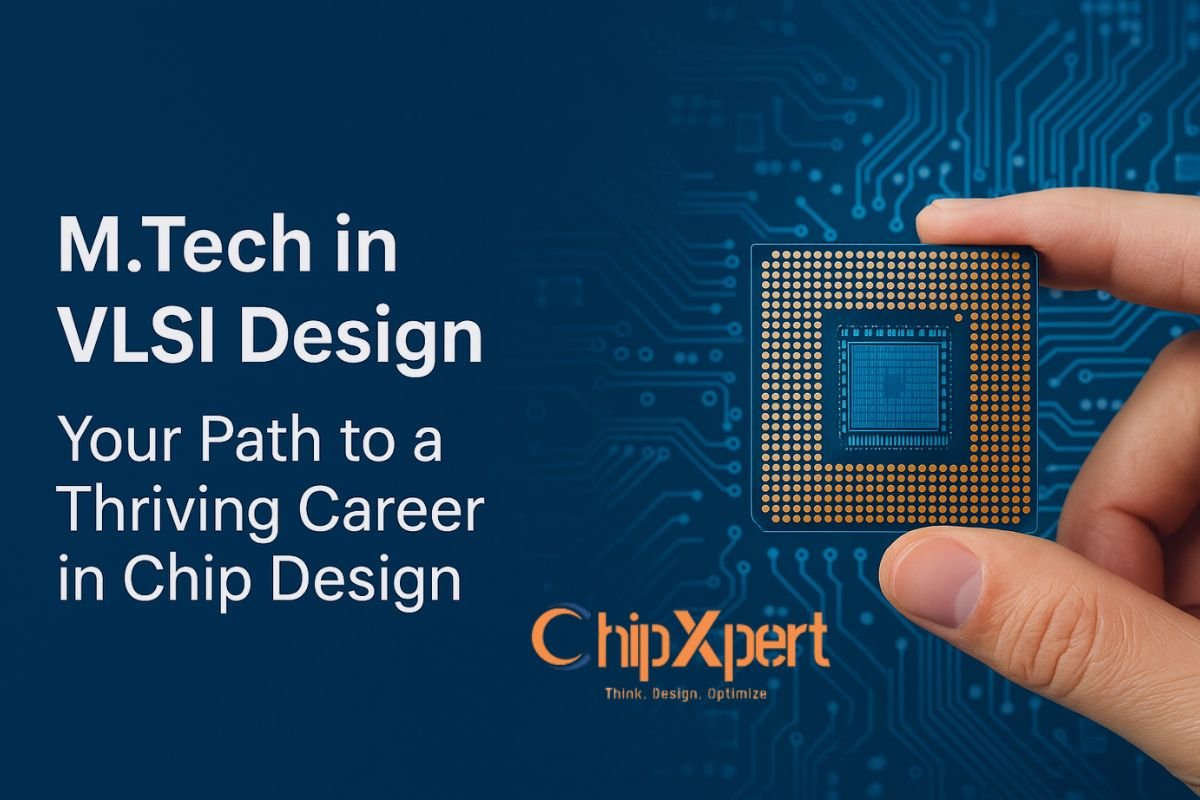How Embedded Systems Are Transforming Vehicles for a Smarter, Safer Drive
Ever wondered what makes modern cars so smart, safe, and efficient? The answer lies in embedded systems—tiny, powerful computers that control everything from your car’s engine to its airbags and infotainment screen. These specialized systems are the unsung heroes behind today’s automotive revolution, powering features that make driving smoother, safer, and more enjoyable. In this friendly guide, we’ll dive into how embedded systems work in vehicles, their key applications, benefits, and what’s next for this game-changing technology. Buckle up for a ride through the world of automotive embedded systems!
What Are Embedded Systems in Cars?
Embedded systems are like the brains of your vehicle—dedicated computers designed to handle specific tasks with precision. Unlike your laptop, they’re built to work with limited resources, delivering reliable, real-time performance. In cars, these systems manage critical functions like engine performance, safety features, and even your music playlist. From electric vehicles to self-driving cars, embedded systems are at the heart of modern automotive innovation.
Key Ways Embedded Systems Power Your Car
Embedded systems are everywhere in today’s vehicles, making them smarter and safer. Here’s how they shine:
1. Engine and Powertrain Control
Embedded systems, like the Engine Control Unit (ECU), are the maestros of your car’s performance. They fine-tune fuel injection, ignition timing, and emissions to keep the engine running smoothly and efficiently.
-
Example: In electric vehicles (EVs), embedded systems manage battery health and regenerative braking, ensuring optimal energy use.
2. Infotainment and Connectivity
Your car’s touchscreen, navigation, and smartphone integration? All powered by embedded systems. These systems deliver entertainment, navigation, and connectivity on the go.
-
Example: Apple CarPlay and Android Auto let you stream music, make calls, and navigate seamlessly using your smartphone.
3. Autonomous Driving and V2X Communication
Self-driving cars rely on embedded systems to process data from sensors like LiDAR and radar, enabling real-time decision-making. Vehicle-to-Everything (V2X) systems also let cars “talk” to traffic lights or other vehicles for better safety and traffic flow.
-
Example: Tesla’s Autopilot uses embedded systems to analyze surroundings and navigate autonomously.
4. Safety Features
Embedded systems are your car’s guardians, controlling critical safety features like:
-
Power Windows and Smart Doors: Anti-pinch sensors and keyless entry ensure safety and convenience.
-
Airbags: Sensors detect crashes and deploy airbags in milliseconds, adjusting based on impact severity.
-
Seatbelts: Pretensioners tighten seatbelts instantly during a collision for added protection.
-
Example: Automatic Emergency Braking (AEB) uses embedded systems to stop the car if a collision is imminent.
Why Embedded Systems Are a Game-Changer
Embedded systems bring a host of benefits that make driving better for everyone:
-
Safer Rides: Features like Anti-lock Braking Systems (ABS), Electronic Stability Control (ESC), and Advanced Driver Assistance Systems (ADAS) reduce accidents by reacting faster than humans.
-
Better Fuel Efficiency: Precise control of fuel and energy use cuts emissions and saves gas, especially in hybrid and electric vehicles.
-
More Comfort: From automatic climate control to adjustable seats, embedded systems make your drive cozy and convenient.
-
Future-Ready Design: These systems are modular, so carmakers can add new features (like over-the-air updates) without redesigning the whole vehicle.
-
Example: Over-the-air (OTA) updates let your car download new software, improving features without a trip to the shop.
Challenges in Automotive Embedded Systems
While embedded systems are transforming cars, they come with some hurdles:
-
Complexity: Modern cars can have over 100 embedded systems (ECUs) working together, requiring flawless coordination.
-
Cybersecurity Risks: Connected cars are vulnerable to hacking. Manufacturers are fighting back with encryption and secure updates.
-
High Costs: Developing advanced systems takes time and money, especially for features like autonomous driving.
Good News: The industry is tackling these challenges with smarter designs and robust security measures, ensuring embedded systems keep evolving.
The Future of Embedded Systems in Cars
The road ahead for embedded systems is exciting! Here’s what’s coming:
-
Electric Vehicle Innovation: As EVs grow, embedded systems will optimize battery management and charging, making electric driving even more efficient.
-
AI and Machine Learning: AI-powered systems will enable smarter autonomous driving and predictive maintenance, like alerting you to a worn-out part before it fails.
-
5G and Edge Computing: Faster 5G networks and on-car computing will improve real-time communication and diagnostics.
-
Example: Vehicle-to-Grid (V2G) systems will let EVs share energy with power grids, turning your car into a mini power station.
How Embedded Systems Benefit You
For drivers, embedded systems mean safer, more efficient, and enjoyable rides. They catch issues before they become problems, keep you connected, and make your car feel like an extension of your smartphone. For businesses, like fleet operators, these systems cut maintenance costs and downtime, keeping vehicles on the road longer.
Why This Matters for Aspiring Engineers
If you’re a tech enthusiast, the world of automotive embedded systems is a goldmine of opportunity. Roles in designing and testing these systems—using skills like C programming, RTOS, and microcontrollers—are in high demand. Companies like Tesla, Bosch, and Qualcomm are always looking for talent to push the boundaries of automotive tech.
What Drivers and Experts Say
“My car’s emergency braking saved me from a rear-end collision. I didn’t even see the obstacle, but the system did!”
— Priya S., Chennai
“As an engineer, working on embedded systems for EVs is exciting. We’re building the future of driving!”
— Arjun M., Bangalore
Ready for the Future of Driving?
Embedded systems are revolutionizing cars, making them safer, greener, and smarter. From keeping your engine humming to enabling self-driving features, these tiny computers are driving the automotive industry forward. As technology advances, expect even more innovations that make driving a breeze.
Want to be part of this revolution? Explore careers in embedded systems or check out the latest vehicles packed with these features. Whether you’re a driver or an aspiring engineer, embedded systems are paving the way for a brighter, more connected road ahead!
Are you a VLSI aspirant – Excited to Learn Embedded Systems then Join ChipXpert – A Leading VLSI Institute in United States to providing Online VLSI Courses.




